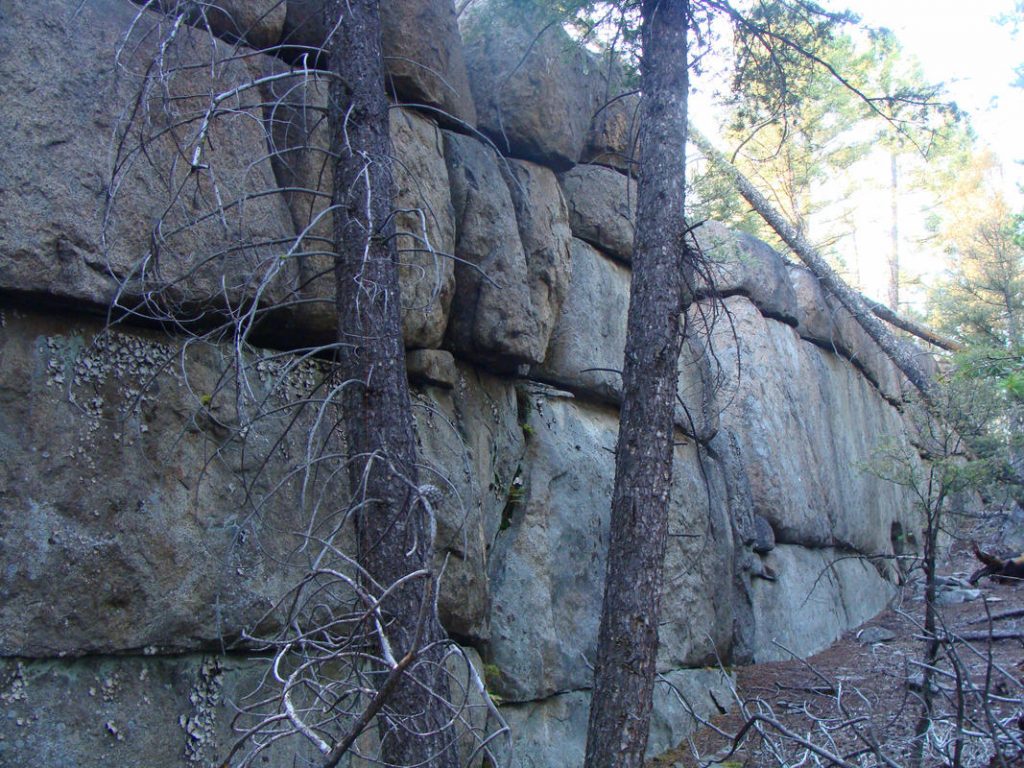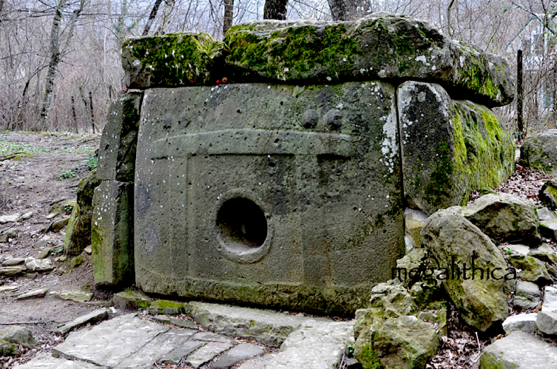MONTANA, THE "PLAYGROUND OF THE GIANTS"

The Playground of the Giants: Megalithic Marvels in Montana
Within the incredible landscapes Montana lies a site that captivates archaeologists and history enthusiasts alike: the “Playground of the Giants“. This area is renowned for its impressive megalithic structures and dolmens, remnants that evoke wonder about the ancient cultures that once inhabited the region.
A Glimpse into the Past
The Playground of the Giants is characterized by its striking stone formations, some reaching impressive heights and intricately arranged. These megalithic structures, often formed from large, upright stones, are believed to date back thousands of years, possibly serving ceremonial or astronomical purposes. While the exact origins and functions of these structures remain shrouded in mystery, they provide a fascinating window into the prehistoric peoples of North America.
Megalithic Structures
The megaliths found in this region are notable for their sheer size and alignment. Many researchers suggest that they may have been constructed by ancient Native American tribes, possibly as sites for rituals or as markers for astronomical events. The precise placement of these stones indicates a deep understanding of celestial movements, hinting at a sophisticated knowledge of astronomy.
One prominent feature is a massive stone circle that some believe to be an ancient observatory, while others see it as a gathering place for communal ceremonies. The stones themselves are often engraved with petroglyphs, adding layers of cultural significance and artistry that enhance their historical value.
Even though some of the structures are thought to be natural formations, others clearly aren’t: there is a mysterious dolmen and an enormous polygonal that reminds of the polygonal walls that can be found in the Mediterranean Area.

The Dolmen: Mysteries of Function

Among the remarkable features of the Playground of the Giants is a dolmen, a type of megalithic tomb typically associated with burial practices. This particular dolmen, formed from several large stones supporting a capstone, raises intriguing questions about the rituals and beliefs of the people who constructed it. The dolmen’s orientation and design suggest it may have held a special significance, possibly serving as a communal burial site or a place of worship.
The presence of burial goods and artifacts found nearby has led to speculation about the social and spiritual beliefs of the inhabitants. Researchers continue to study these artifacts to uncover the stories they tell about life, death, and the cosmos in ancient Montana.
Cultural Significance
The Playground of the Giants is not only an archaeological treasure but also a cultural landmark. It serves as a reminder of the ingenuity and creativity of early peoples who left their mark on the landscape. As interest in the site grows, it also faces challenges from environmental factors and modern development, making preservation efforts crucial.
Local Indigenous tribes have a deep connection to this area, viewing the megaliths as sacred sites that embody their ancestral heritage. Their knowledge and oral traditions provide invaluable insights into the significance of these structures, fostering a deeper appreciation for the cultural history of Montana.
The Playground of the Giants stands as a testament to the enduring mysteries of our past. As researchers continue to explore its megalithic structures and dolmen, they unravel not only the history of human innovation but also the spiritual and communal life of ancient cultures. This remarkable site invites us to reflect on our connections to history, nature, and the celestial wonders that have always inspired humanity.
